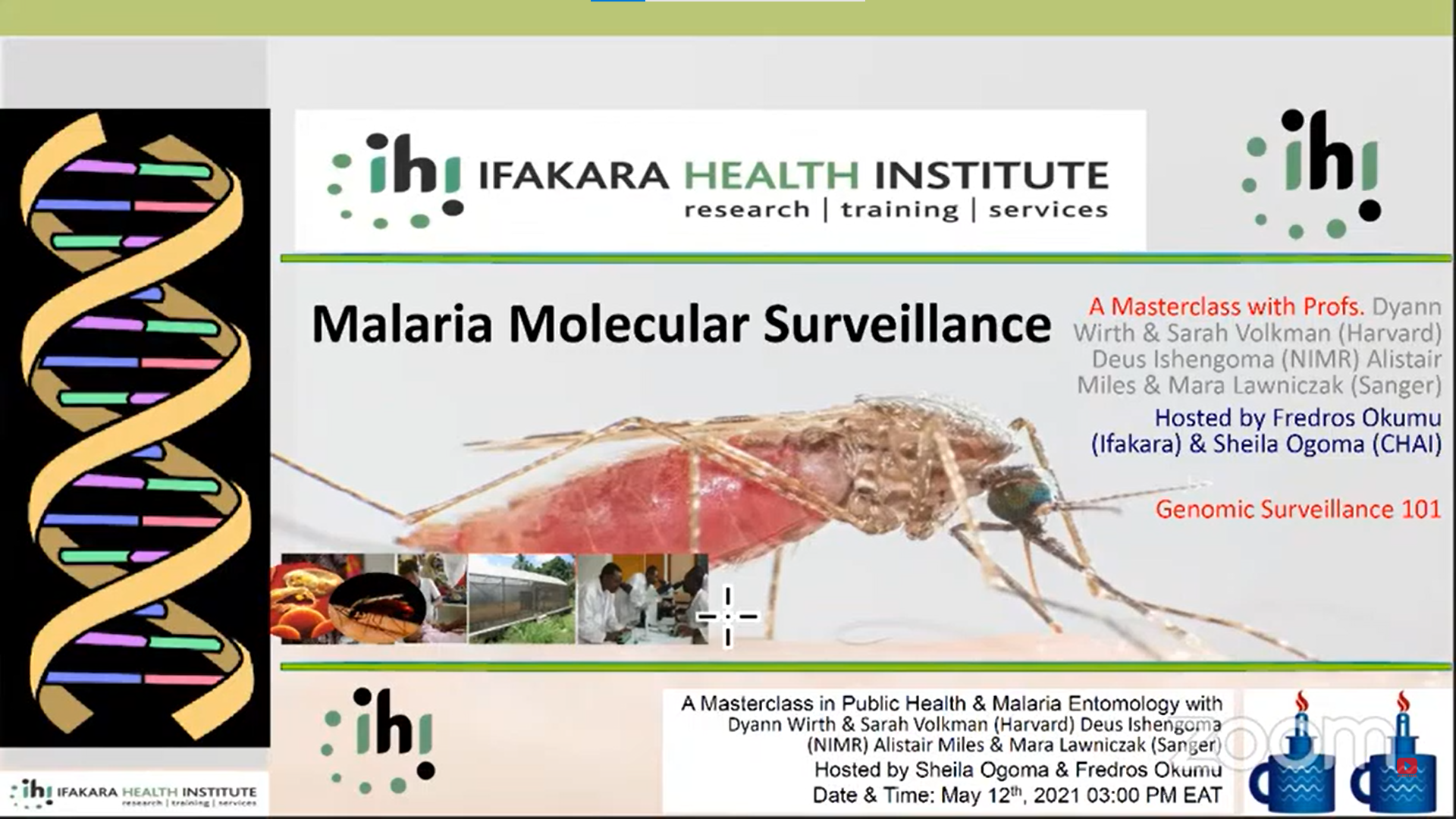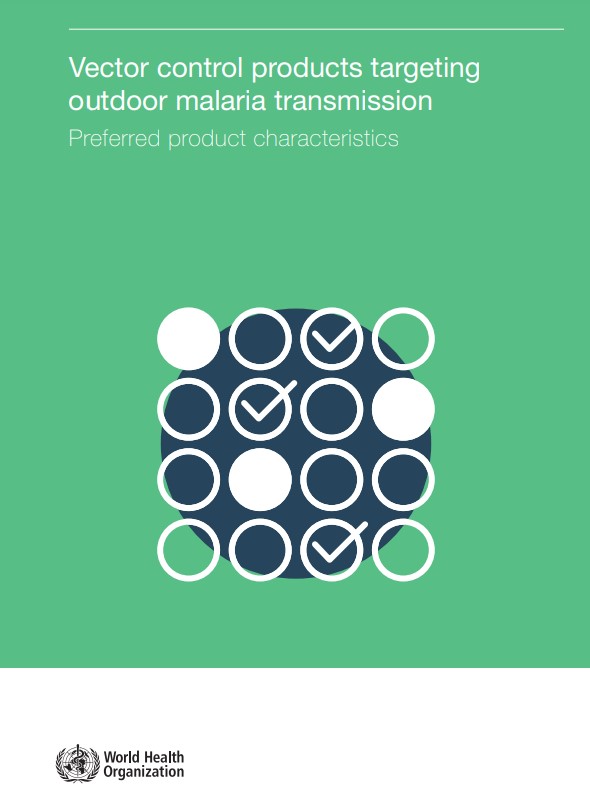Warning: Undefined array key "file" in /var/www/vhosts/gestortectic.com/mesa.gestortectic.com/wp-content/plugins/fulltext-search/includes/wpfts_querylog.php on line 520
Warning: Undefined array key "file" in /var/www/vhosts/gestortectic.com/mesa.gestortectic.com/wp-content/plugins/fulltext-search/includes/wpfts_querylog.php on line 520
Warning: Undefined array key "file" in /var/www/vhosts/gestortectic.com/mesa.gestortectic.com/wp-content/plugins/fulltext-search/includes/wpfts_querylog.php on line 520
Warning: Undefined array key "file" in /var/www/vhosts/gestortectic.com/mesa.gestortectic.com/wp-content/plugins/fulltext-search/includes/wpfts_querylog.php on line 520
Warning: Undefined array key "file" in /var/www/vhosts/gestortectic.com/mesa.gestortectic.com/wp-content/plugins/fulltext-search/includes/wpfts_querylog.php on line 520
Warning: Undefined array key "file" in /var/www/vhosts/gestortectic.com/mesa.gestortectic.com/wp-content/plugins/fulltext-search/includes/wpfts_querylog.php on line 520
Warning: Undefined array key "file" in /var/www/vhosts/gestortectic.com/mesa.gestortectic.com/wp-content/plugins/fulltext-search/includes/wpfts_querylog.php on line 520
Warning: Undefined array key "file" in /var/www/vhosts/gestortectic.com/mesa.gestortectic.com/wp-content/plugins/fulltext-search/includes/wpfts_querylog.php on line 520
Warning: Undefined array key "file" in /var/www/vhosts/gestortectic.com/mesa.gestortectic.com/wp-content/plugins/fulltext-search/includes/wpfts_querylog.php on line 520
Warning: Undefined array key "file" in /var/www/vhosts/gestortectic.com/mesa.gestortectic.com/wp-content/plugins/fulltext-search/includes/wpfts_querylog.php on line 520
Warning: Undefined array key "file" in /var/www/vhosts/gestortectic.com/mesa.gestortectic.com/wp-content/plugins/fulltext-search/includes/wpfts_querylog.php on line 520
Warning: Undefined array key "file" in /var/www/vhosts/gestortectic.com/mesa.gestortectic.com/wp-content/plugins/fulltext-search/includes/wpfts_querylog.php on line 520
Warning: Undefined array key "file" in /var/www/vhosts/gestortectic.com/mesa.gestortectic.com/wp-content/plugins/fulltext-search/includes/wpfts_querylog.php on line 520
Warning: Undefined array key "file" in /var/www/vhosts/gestortectic.com/mesa.gestortectic.com/wp-content/plugins/fulltext-search/includes/wpfts_querylog.php on line 520
Warning: Undefined array key "file" in /var/www/vhosts/gestortectic.com/mesa.gestortectic.com/wp-content/plugins/fulltext-search/includes/wpfts_querylog.php on line 520
Warning: Undefined array key "file" in /var/www/vhosts/gestortectic.com/mesa.gestortectic.com/wp-content/plugins/fulltext-search/includes/wpfts_querylog.php on line 520
Warning: Undefined array key "file" in /var/www/vhosts/gestortectic.com/mesa.gestortectic.com/wp-content/plugins/fulltext-search/includes/wpfts_querylog.php on line 520
Warning: Undefined array key "file" in /var/www/vhosts/gestortectic.com/mesa.gestortectic.com/wp-content/plugins/fulltext-search/includes/wpfts_querylog.php on line 520
Warning: Undefined array key "file" in /var/www/vhosts/gestortectic.com/mesa.gestortectic.com/wp-content/plugins/fulltext-search/includes/wpfts_querylog.php on line 520
Warning: Undefined array key "file" in /var/www/vhosts/gestortectic.com/mesa.gestortectic.com/wp-content/plugins/fulltext-search/includes/wpfts_querylog.php on line 520
Last Updated: 23/08/2024
The genetic basis of emerging multidrug resistance in Plasmodium falciparum African malaria
Objectives
This study is designed to elucidate the genetic basis of emerging multidrug resistance in Uganda and evaluate how resistance mediators can affect parasite proliferation and transmission potential, as these factors govern the spread of ART resistance in high-transmission settings frequently found in Africa.
Efforts to effectively treat and control Plasmodium falciparum malaria in Africa now face the critical issue that parasites in East African countries have acquired resistance to artemisinin (ART), the core component of the primary first-line therapy combination therapy of artemether plus lumefantrine (LUM) known as Coartem. Recent studies have observed the rapidly increasing prevalence of K13 mutations (C469Y, R561H, R622I and A675V) in isolates from Uganda, Rwanda and Ethiopia, which associate with in vitro and in vivo ART resistance. Gene editing studies have shown that K13 mutations alone are generally insufficient to mediate ART resistance in African parasites, and alternative pathways to resistance are likely. Recent reports have also observed reduced susceptibility to LUM in Northern Uganda, which may signal the impending loss of Coartem treatment efficacy in this region that may well spread across Africa. The first aim is to study k13-mediated and k13-independent ART resistance in Ugandan parasites, which will provide insight into the complex genetic architecture and elucidate alternate mediators of resistance. This will be achieved by implementing two genetic crosses using the humanized FRG- NOD mouse model. The first cross will be between an ART-resistant K13 mutant Ugandan isolate and the drug- sensitive NF54 African line to elucidate secondary genetic modulators that interact with k13 to generate resistance. The second cross will employ an ART-resistant K13 wild-type Ugandan isolate crossed with NF54 to identify markers for ART resistance that evolved independently of k13. Phenotypic and genomic profiles of recombinant progeny will be established and apply quantitative trait loci (QTL) mapping to locate primary and secondary determinants of ART resistance, confirm causal and secondary determinants using gene editing, and examine their epistatic interactions. The second aim is to understand the genetic basis of decreased LUM sensitivity in Northern Uganda by exploiting the second cross, whose Ugandan parent displays high LUM IC50 values. Complementary genetic mapping approaches of applying bulk segregant analyses of recombinant pools coupled with clone-based QTL mapping will identify candidate markers that we will validate using reverse genetics. The third aim is to study the impact of Ugandan K13 mutations and other resistance markers on parasite growth and transmission to Anopheles vectors, and identify mutations that compensate for fitness defects in drug-resistant lines. This will be achieved by measuring fitness using competitive growth mixed-culture assays and bulk segregant analyses, and quantifying mosquito infectivity of edited mutant and wild-type isogenic lines. The findings will provide robust molecular markers to track and inform efforts to mitigate emerging multidrug resistance in Africa and delineate the relationship between drug resistance, parasite fitness and transmission.
Mar 2024 — Jan 2029
$602,010


